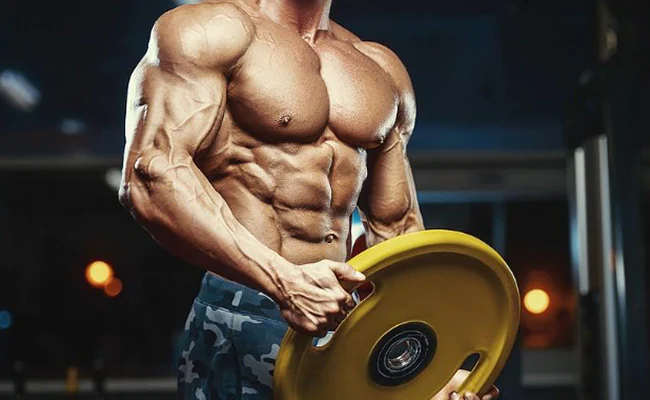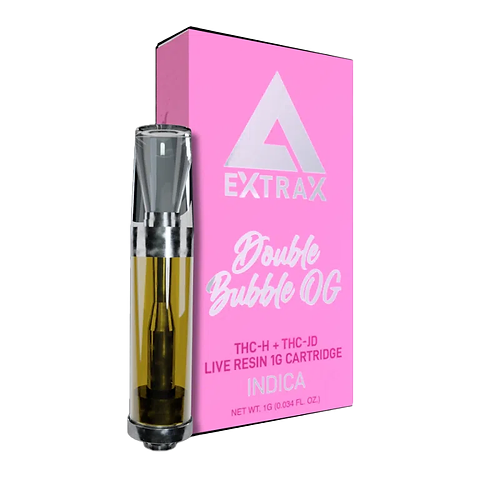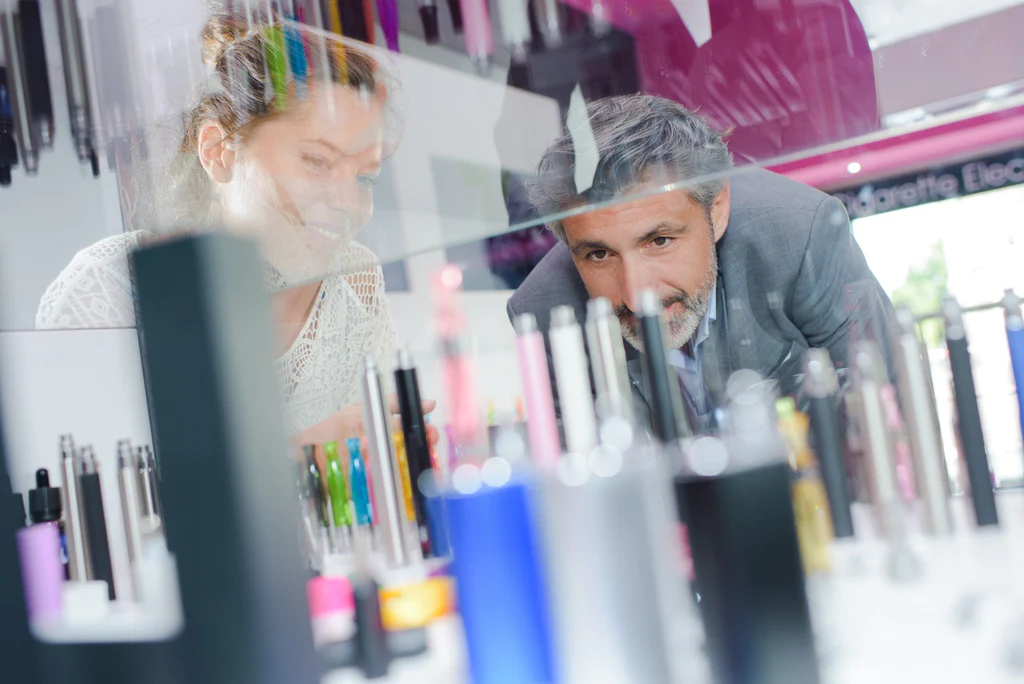Choosing an indoor LED Grow Light setup isn’t as simple as you might think. For starters, you might think you’re simply going to invest in lights, hang them over your plants, plug them in, and watch the magic happen. This couldn’t be further from the truth, which could be a good thing or a bad thing. This is a positive thing because it is rewarding to be forced to take the time and understand how to do new things. There is undoubtedly a learning curve when trying to understand the best ways to grow plants indoors with LED lighting. But understanding can certainly be rewarding and fun. The downside of all this learning is that it can be a bit overwhelming when you first start out. Here are a few things to be aware of when starting out as a hydroponic gardener.
First of all, why not put the question on everyone’s mind: “Do Led Grow Lights Really Work?” More testimonials and independent studies proving that “yes” Grow lights actually work and do quite well are sprouting up all over the internet. As many studies will show, at the current level of technology, HID lighting can produce slightly better yields when compared to LEDs. The advantage of LEDs is that they last 8x longer, run cooler, and operate more efficiently, helping to save you tons of money over the long run. This new class of indoor LEDs operate at very low voltages, consuming up to 90% less power than other types of common grow lights such as metal halide or high pressure sodium lights.
The utilization of these new grow lights has recently been useful for growing plants, but is quickly gaining traction due to the many benefits that this kind of indoor gardening offers. Several people have said that while LEDs are great for plant growth, they lack the ability to actually set plants into fruit. This is because most other grow lights use 120 degree lenses. It is considered a wide-angle lens because it spreads light over a large area (even walls!). Penetration is key for good results with any LED because it directly affects the rate of light absorption. In order for plants to absorb light effectively, the light must pass through or “penetrate” the leaves. Inadequate light intensity causes plants to use only a fraction of the light they are given. Because plants don’t “pass”.
The great thing about using LEDs is that people can grow plants, or pretty much any kind of plant species, almost anywhere they want. You can have your own jungle at home as long as there is soil, water and something to hold it all together. These new LED style lights make it easier to grow plants at home without exposing them to direct sunlight. These new LEDs are tuned to reproduce the specific spectrum of sunlight that plants need to initiate photosynthesis. With this type of spotlight, much less light and energy is wasted. These lights may not be the most popular choices used by hydroponic growers today, but starting small with one of these energy efficient grow lights will definitely do a great job for the environment and your pocket. Everyone has to start somewhere when it comes to protecting the environment, and LED Grow Lights are a great place to start.


